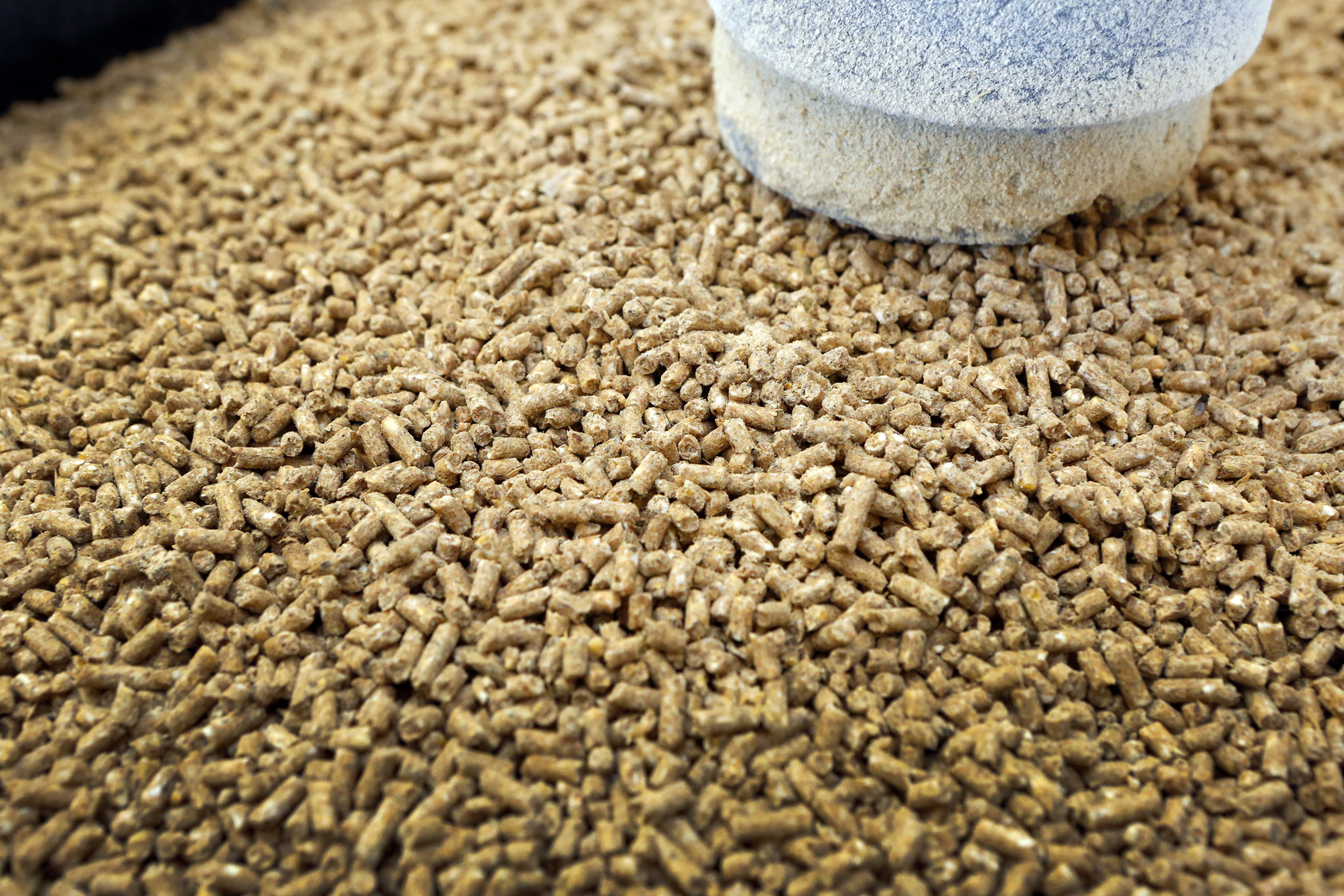Not all microbial strains are equally efficient

Microbial colonisation of the small intestine has important health implications. The microbiome promotes good health by negating the adversities from harmful commensals and invading microbes. Therefore, the modulation of an unbalanced indigenous microbiota forms the rationale of active microbial therapy and other specific feed additives.
With respect to active microbials, not all active microbial strains are equally efficient. Differences depend on their their mechanism of action, interaction within the other native microbiota and their ability to have immunomodulatory effects on the animal’s tissue. Some active microbial strains are able to inhibit opportunistic bacteria before they become pathogenic, like Clostridium sp., others secrete molecules that stimulate the growth of beneficial bacteria like Lactobacillus spp. and Bifidobacterium spp. giving balanced ratios with Clostridium spp., resulting in healthy and productive animals.
Anti-inflammatory effects
Other strains can additionally have an effect on the inflammatory status of the intestinal tract of the animals. CLOSTATTM, is an active microbial that has proven, in vitro and in vivo, to be highly effective specifically against Clostridium perfringens and to have anti-inflammatory effects in the affected intestinal tissue. Another way to support intestinal health is through the use of additives such as short chain fatty acids and through the use of essential oils.
Butyrates
Butyrates are well known for their dynamic benefits in intestinal health, however when fed in an unprotected form, this molecule is quickly absorbed in the upper digestive tract. ButiPEARLTM is an encapsulated calcium butyrate, that even when fed at a low dose (300g/tonne), due to the MicroPEARL® technology, animals have an optimal zootechnical performance, resulting in a very profitable application.
Effect of essential oils
Furthermore, essential oils have multiple benefits for the animals. RepaXOLTM consists of essential oils micro-granulated. It has excellent animal performance. Overall, healthy solutions from Kemin make a great alternative for profitable animal production.
Author: Kemin











